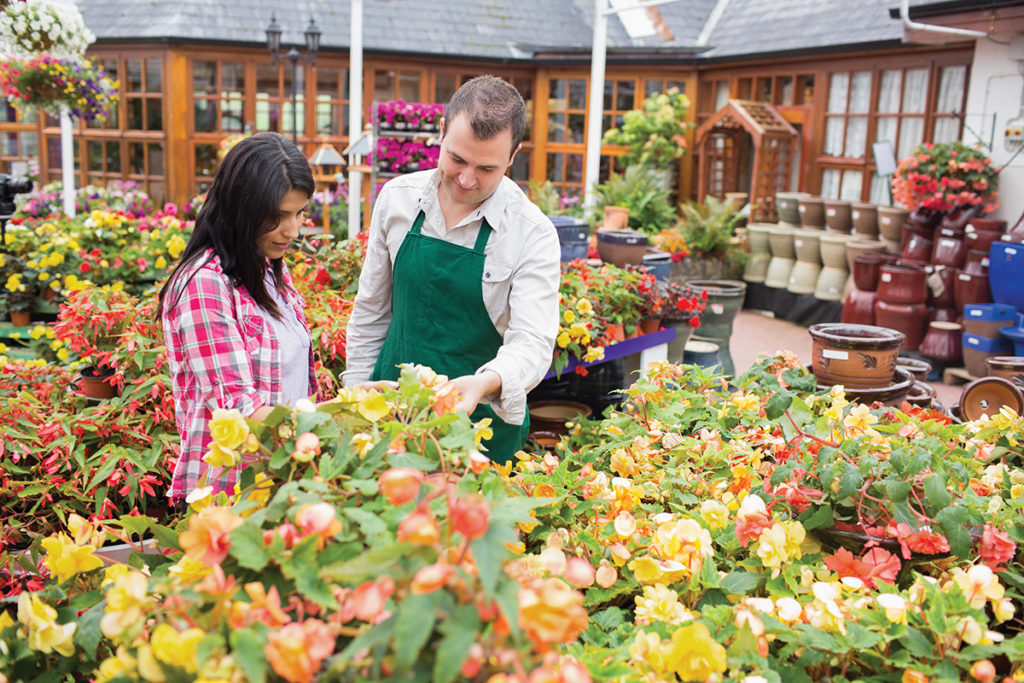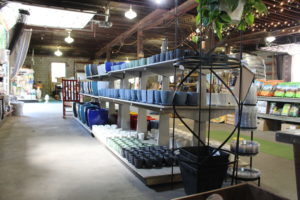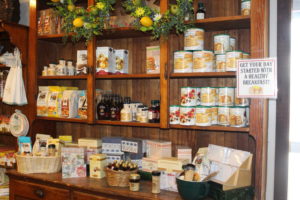
What Are You Marketing?
As I was looking through the ads in Sunday’s paper (in January — too early for lawn and garden ads in the Minneapolis market), it got me thinking about a dilemma that always mystified me … what we communicate in our advertising and what we want to accomplish with our investment in it.
Almost every ad that any lawn and garden retailer runs, be they a locally owned garden center or big box store, features a picture of a product at a price; rarely do I see any copy in the ad that helps convince the reader that it’s a good idea to shop in your store, or educate them as to why they should buy their products from you. We never talk about the benefits our products bring to peoples’ lives.
It’s almost as if the retailers are suggesting that the only reason consumers should shop their stores is that they have cheap prices. Some retailers must think that customers spread all of the garden ads out on the kitchen table and see which retailer has the lowest prices as the primary decision factor on where they will shop that week, a scenario that I believe rarely plays out. If anyone thinks that price is the most important driver of customer traffic, I personally believe you are sadly mistaken!
The reality is that you probably can’t afford to have the lowest prices in your trade area because of your higher quality levels and the overhead you carry in order to provide all of the other services and solutions you offer! If you’re asking the consumer to make a simple price comparison to your competition (including the big box stores), you’ll probably lose the battle for the customer.
Define Your Value Proposition
Think about Spring 2020 for a minute, when most garden centers experienced strong sales. Because of COVID-19 lockdowns, travel restrictions and people working from home, consumers were looking for an outdoor activity that engaged them with nature, occupied their time, enhanced their living spaces, and helped improve their challenged quality of life. Fortunately for us, our existing customers and, more importantly, those millions of new customers who were first-time gardeners figured out on their own that our products provided the solution to their needs; it wasn’t because of anything we communicated to them that got them excited about gardening, and it sure wasn’t because you offered cheap prices.
Over the years, I’ve worked with many locally owned garden centers, guiding them through the process of identifying what their value propositions are. Simply put, a value proposition is a simple statement that summarizes why a customer would choose your product or service.
A great value proposition may highlight what makes you different from competitors, but it should always focus on how customers define your value. Your value proposition is your calling card to your customer, providing them with an expectation of who you are and what you’re good at. It’s the core message that is the foundation of your marketing and should be communicated and reinforced continuously in order to reach all of your existing and potential customers.
Garden centers have identified key value components such as product quality and breadth of assortment, sustainability, high service offerings, expertise, community roots, and being a solutions provider, all things that they believe are what they stand for, what sets them apart from the competition, and are the compelling reasons customers should shop your store. But not once in 25 years have I ever heard a local garden center say that ‘price’ or ‘low prices’ were a part of their value proposition. Yet price continues to be the primary message we constantly communicate to our customers in all of our marketing.
The purpose of marketing is to cause change, to convince customers to start coming to you, and to stop shopping someplace else. And we know that every element of an integrated marketing campaign — your advertising, social media, public relations, promotion, digital, etc. — should reinforce the same core message built around your value proposition to build leverage. And getting your message across is a process that takes time, frequency, and repetition. Think about the three steps in how a customer responds to a marketing message:
- It creates awareness and establishes the need in their minds.
- It changes their attitudes toward the retailer and their products and services.
- It changes their behavior, and they respond positively to your message.
I agree that showing product in your marketing campaign is important to get the consumers’ attention (and to help educate them as to what they should be planting that week). But might you be better off showing a percent off the regular price, rather than listing an actual sale retail (which may be higher than your competition’s)? And couldn’t you carve out some space in your ads to talk about the benefits our products offer, the key elements that make up your value proposition, those reasons the customer should opt for your store vs. their other available choices, that all help convince them that you’re the best choice?
The customer figured it out on their own in 2020; they might need a little help from us going forward to keep them engaged, active, and buying.
Price will always play a part in the transactional purchase decision, but communicating your value proposition will keep them coming back over time.
Your choice … what are you marketing?…


















 Videos
Videos





